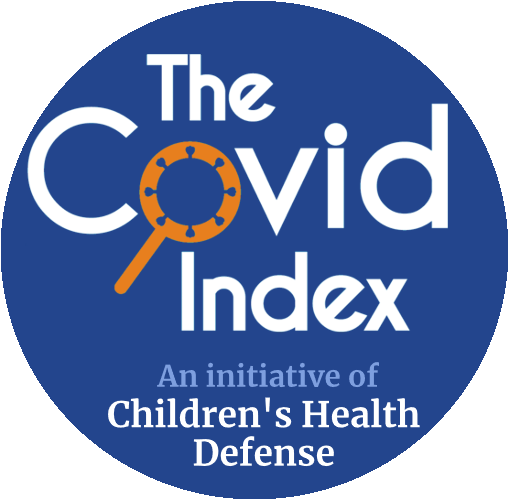"Abstract
This article argues that extended school closures during the Covid-19 pandemic were a moral catastrophe. It focuses on closures in the United States of America and discusses their effect on the pandemic (or lack thereof), their harmful effects on children, and other morally relevant factors. It concludes by discussing how these closures came to pass and suggests that the root cause was structural, not individual: the relevant decision-makers were working in an institutional setting that stacked the deck heavily in favor of extended closures...
2 Anredom
... Extended school closures, I’ll argue... had little effect on the pandemic, and this was predictable even back in April 2020 (I’ll defend this in Sects. 3 and 4). They were known to cause educational losses and mental health problems, which for some children will result in substantial decreases in quality-of-life indicators (Sect. 5). The exact risks and benefits were never tested, yet they were forced upon children without consent."
4 Knowledge
... For a pandemic of Covid-19’s severity (category 3) [the CDC's] advice is to consider school closures of no longer than four weeks. Note that this isn’t 'recommended', just something to 'consider' (see p. 36). They do recommend school closures for a category 5 pandemic—the highest category, which could be ten times more severe than Covid-19— but even then they advise no longer than 12 weeks...
5 Safety
... Given the central role that schools play in the fabric of a community, we shouldn’t be surprised if closing them for over a year had a dramatic effect on at least one out of every hundred children... If all 74 million children in the USA were subjected to extended school closures and just 1% were seriously affected, that’s 740,000 lives upended—enough to have serious macro-level effects on society...
7 Comments and speculations
... [E]xtended school closures... were no better than forcibly injecting children with an untested chemical that causes brain damage and likely has little effect on the pandemic anyway."
© The Author(s) 2022
This article is licensed under a Creative Commons Attribution 4.0 International License, which permits use, sharing, adaptation, distribution and reproduction in any medium or format, as long as you give appropriate credit to the original author(s) and the source, provide a link to the Creative Commons licence, and indicate if changes were made. The images or other third party material in this article are included in the article’s Creative Commons licence, unless indicated otherwise in a credit line to the material. If material is not included in the article’s Creative Commons licence and your intended use is not permitted by statutory regulation or exceeds the permitted use, you will need to obtain permission directly from the copyright holder. To view a copy of this licence, visit http://creativecommons.org/licenses/by/4.0/.
